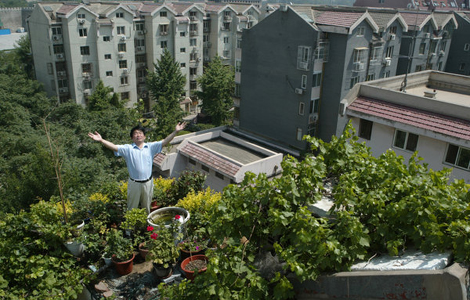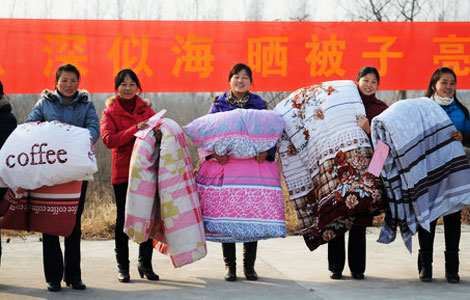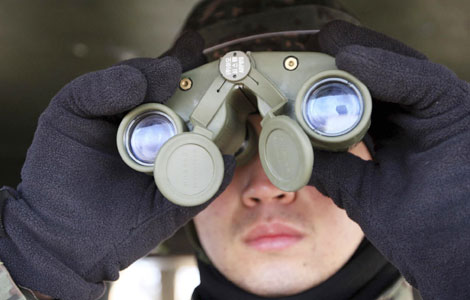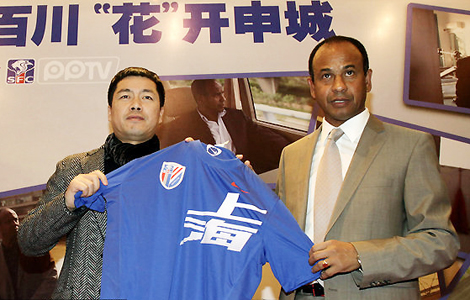|
|||||||||||
"Different food products may be produced on the same production line, so it's possible that a very small amount of ingredients of one product may be brought to another even after the production line is cleaned," said Dong Jinshi, executive vice-president of the International Food Packaging Association.
"It could also be caused when two food materials, say chicken and fish, share one storage house," he said.
Shen Wei, father of a 7-year-old child who is allergic to fish, said such regulations may better protect children and other consumers who have food allergies.
"My son grows blotches and lumps on the skin and suffers a headache whenever he eats fish," said the 35-year-old Shanghai resident. "I think it's a big step forward to safeguard consumers' health and rights to be informed - if food businesses really follow the rule."
However, Chinese consumers and even market watchdogs at present are not familiar with labels about food allergies.
In August, Knorr Stock Pot, a bouillon product by consumer product giant Unilever, was removed from shelves in Guiyang and Changsha because of a message on its package reading: "This product may contain wheat, soybeans, eggs, dairy products and fish" was accused of being unclear and confusing.
"So it's important that the public know something about food packaging labels," Dong said. "And it will be more understandable to consumers if food companies rewrite the alert as 'people allergic to fish should be cautious about eating this'."
Hot Topics
HIV/AIDS, Egypt protest, Thanksgiving, climate change, global economic recovery, home prices, high-speed railways, school bus safety, Libya situation, Weekly photos
Editor's Picks

|

|

|

|

|

|







